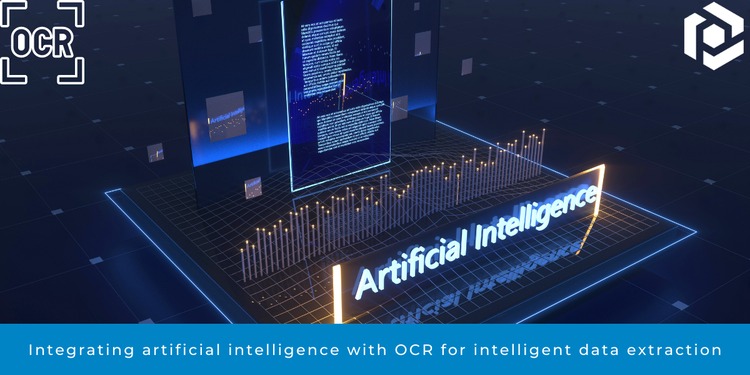In today’s digital age, the efficient processing of vast amounts of data is crucial for businesses to stay competitive and agile. Optical Character Recognition (OCR) technology has long been used to convert scanned documents and images into machine-readable text, but its capabilities have expanded significantly with the integration of Artificial Intelligence (AI). This article explores the benefits and applications of integrating OCR with AI for advanced data processing, highlighting its potential to revolutionize various industries.
Enhancing Accuracy and Efficiency
Improved Text Recognition
By harnessing the power of AI algorithms, OCR systems can achieve higher accuracy rates in text recognition tasks. AI-based OCR models can adapt to different fonts, languages, and document formats, leading to more reliable and precise results. Additionally, AI enables OCR systems to learn from data feedback, continuously improving their performance over time.
Intelligent Data Extraction
Integrating AI with OCR allows for intelligent data extraction from unstructured documents, such as invoices, receipts, and forms. AI algorithms can analyze document layouts, identify key data fields, and extract information with contextual understanding. This advanced data extraction capability streamlines document processing workflows, reducing manual effort and minimizing errors.
Applications Across Industries
Banking and Finance
In the banking and finance sector, AI-powered OCR technology facilitates automated data entry, document verification, and fraud detection. Banks can process loan applications, financial statements, and transaction records more efficiently, enabling faster decision-making and enhanced customer service. Moreover, AI-driven OCR systems can identify suspicious activities and flag potential fraudulent transactions in real-time, bolstering security measures.
Healthcare
In healthcare, the integration of OCR with AI enables the digitization of medical records, prescription forms, and patient documentation. AI-powered OCR systems can extract patient data, medical diagnoses, and treatment information from scanned documents, supporting clinical decision-making and patient care coordination. Furthermore, AI algorithms can analyze medical images and scans, assisting radiologists in diagnosing diseases and detecting abnormalities with greater accuracy.
Retail and E-commerce
Retailers and e-commerce companies leverage AI-driven OCR technology for inventory management, product cataloging, and order processing. AI-powered OCR systems can extract product information, pricing details, and SKU numbers from product images and packaging labels. This enables retailers to update inventory databases, track stock levels, and fulfill customer orders more efficiently. Additionally, AI-based OCR can analyze customer reviews and feedback, providing valuable insights for product development and marketing strategies.
Future Outlook
The integration of OCR with AI represents a significant milestone in the evolution of data processing technology. As AI continues to advance, OCR systems will become even more sophisticated, capable of handling complex documents and tasks with greater precision. Furthermore, the widespread adoption of AI-driven OCR across industries will lead to increased automation, productivity gains, and cost savings. Looking ahead, organizations that embrace AI-powered OCR solutions will gain a competitive edge in harnessing the full potential of their data for business insights and decision-making.
In conclusion, integrating OCR with AI offers numerous benefits for advanced data processing, including improved accuracy, efficiency, and automation. Across industries such as banking and finance, healthcare, and retail, AI-powered OCR technology is transforming document management, data extraction, and decision support processes. As AI continues to evolve, the future of OCR holds immense promise for unlocking new opportunities and driving innovation in data-driven industries.

